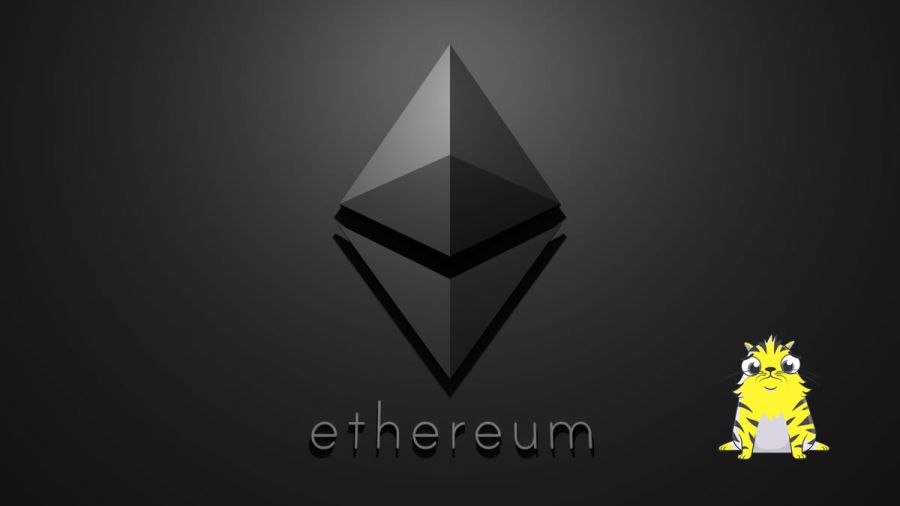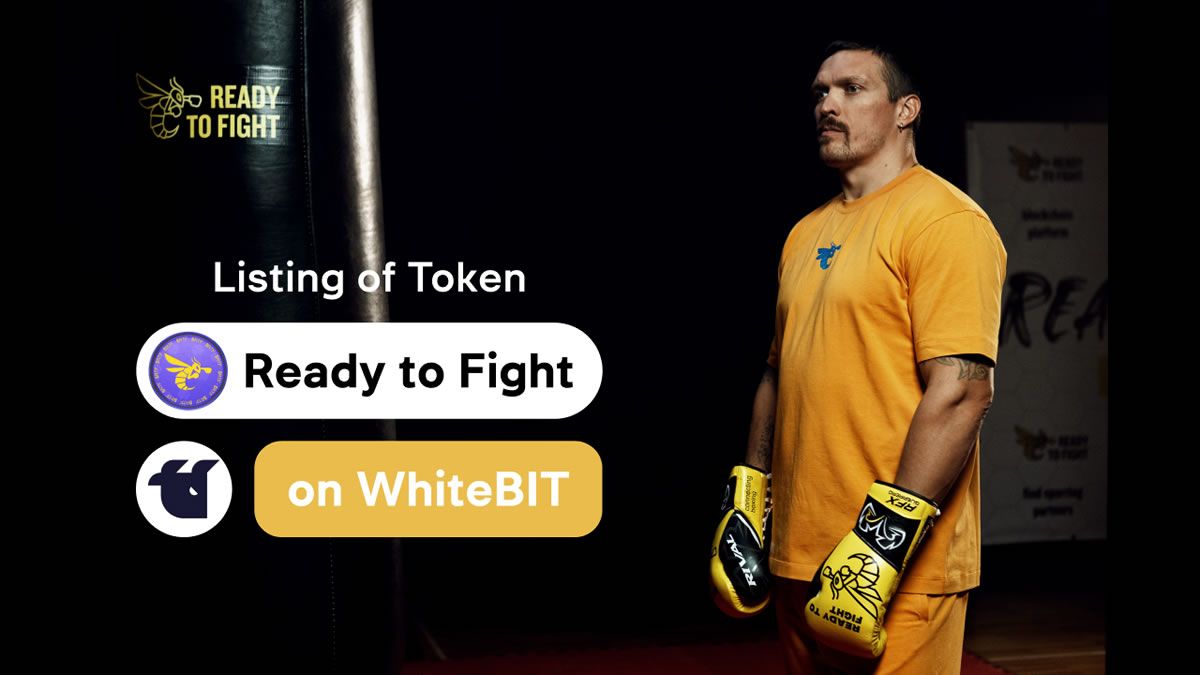Non-Fungible Tokens: The Guide
CryptoPress
Non-fungible tokens (NFTs) are a new type of token which is represented by unique cryptographic units, meaning that each token has a unique value. This simple but versatile function gives them the capacity of producing great disruption in multiple industries.
Introduction to NFTs
Non-Fungible tokens are a popular way to store data in the blockchain. The concept is simple: you take assets that can be uniquely identified and store them on a blockchain. If you’re a gamer, you might think of them as game cards or weapons. For developers, the possibilities are endless: they help create unique, digital assets that can be stored, saved, traded, or even sold.
What is an NFT?
But what exactly are Non-Fungible Tokens? And what makes them so special? Non-Fungible tokens (or NFTs) are digital assets that are represented by a certain amount of data. They don’t have the same qualities as fungible tokens (Ethereum’s native token, for example), but they have some unique features.
One great thing about non-fungible tokens is that they allow you to easily assign values to each token. This makes non-fungible tokens more suited for games and other applications where users need to know how valuable each asset is. But another great thing—and one of the most common uses of non-fungibles—is ownership. Non-fungible tokens give each individual token its own identity and ownership. This can be really useful for games like “Pokemon” where there is no way to trade an item from one player to another.
Difference between Fungible and Non-Fungible
So what’s the difference between fungibles and non-fungibles? You may have heard of fungibles; like Bitcoin, Ether, and Litecoin. These are all fungibles—the value of these coins is easily transacted and exchanged from person to person without a problem. The only problem with this is that it’s not possible for one person to sell you a specific coin; there’s just not enough information about it on the blockchain.
What makes non-fungible tokens special is that each token represents a specific asset or “thing.” Each asset has its own value associated with it and no two assets are the same.
Non-Fungible Tokens (NFTs) are innovative technology that allows a piece of digital media to be transferred, transferred, and traded.
How NFTs work?
Non-Fungible Tokens (NFTs) works on top of the Ethereum blockchain. They are similar to ERC20 tokens in some ways, but they are not interchangeable like ERC20 tokens. They represent unique digital assets that have unique characteristics and can’t be easily changed or duplicated.
Every day, new technologies are emerging that make trading even more convenient. As a result, we’ve been seeing a spike in demand for standardized tokens on the Ethereum network. Merchants have been asking for an easier way to accept cryptocurrency and digital payment methods.
ERC-20 is a protocol used on the Ethereum blockchain. It is also sometimes referred to as just “ERC”. ERC-721 is used for digital collectibles, commonly known as “crypto-collectibles.” An ERC-1155 token is used for digital assets that represent other products or services.
Here’s where NFTs come in: Non-Fungible Tokens on top of the Ethereum blockchain. They are similar to ERC20 tokens in some ways, but they are not interchangeable like ERC20 tokens. They represent unique digital assets that have unique characteristics and can’t be easily changed or duplicated.
They are easy to use, if someone sends you something that is not registered as “not-transferable” in a smart contract, it will be rejected by the smart contract and won’t do anything. It will also indicate that it is not-transferable.
They’re reliable: If a non-fungible token is sent to you in an ERC20 or other type of token contract, it won’t receive confirmation until it goes through a multi-signature (multi-sig) contract that contains all of the necessary signatures from both parties. This makes transactions go through much faster and eliminates any potential issues with trust.
They represent unique items: Each non-fungible token represents a physical item that has a unique physical element like colors, textures, weight, etc. This means that they carry effects on the blockchain like proof of ownership because they are unique objects. If someone takes one of your non-fungible tokens and copies it, you’ll know that it was stolen because you can see which tokens were involved in each transaction on the blockchain.
They’re transferable: Once a non-fungible token is registered on the Ethereum blockchain using our NFT tool, it is able to be transferred anywhere and secured in your wallet just like any other token. You don’t need a special tool to manage them because we take
Because they are unique, they can be used to represent anything of value: real estate, art, precious metals, collectibles, and more.
The keys to NFTs are stored on the Ethereum blockchain, a public ledger of all transactions where anyone can see the history of your NFTs. This means that if your keys get compromised (like if someone steals your computer), you can simply recreate your NFTs without losing any value.
Non-fungible tokens and Erc20 tokens
Your NFTs are represented by an ERC20 compatible Ethereum token. You can use this token to pay for transactions on Ethereum and transfer it to other people—all without revealing your private key. This keeps your property safe from hackers that may try to steal it without you knowing.
As the owner of the NFT or contract, you’ll need a wallet to send and receive payments. The wallet is where you’ll store your keys so that you know who owns what.
ERC Protocol
What is ERC protocol?
ERC-721 is the first ERC20 standard created for smart contracts. It enables users to associate non-fungible assets to an Ethereum address in a secure and transparent way. The ERC-721 standard was developed by the Ethereum community, powered by the Ethereum Foundation, and is open-source like all Ethereum standards.
ERC-20 is a second smart contract standard, which was further developed to ensure interoperability between different smart contracts and tokens. The ERC-20 standard connects to pre-existing APIs, such as ETH.com or The DAO, and allows users to interact with any compliant application that has been coded using these standards. This includes websites that accept ETH, wallets that hold ETH, or applications that use a token issued using ERC-20.
The most common way to issue a token on the Ethereum blockchain is by using the ERC-721 standard. By creating a smart contract implementing the ERC-721 standard, developers can create unique and valuable non-fungible digital assets on the blockchain that can be traded or stored securely in digital wallets. These assets can then be recognized as unique items on the blockchain.
ERC-1155
The ERC-721 traditional is good for tokenizing and creating a specific property that may be transferred from one pocketbook to some other. However, nevertheless, they can show sluggishness and inefficiency, for instance, as before long as moving a handful of armor objects during a game, for a specific character. That’s when ERC-1155 comes in. They can enable batch transfers of tokens at a quicker pace than an ERC-721. ERC-1155 tokens are frequently painted as a “next-generation multi-token standard”. ERC-1155 is developed by Enjin, and supports both non-fungible tokens as well as fungible tokens.
Main use cases
Non-Fungible Tokens, or NFTs, can be thought of as a type of digital asset that contains identifying information recorded in their smart contracts. This identifying information, called metadata, makes each token unique. It’s important to note that NFTs are not a blockchain and do not have any blockchain functionality. They are built on top of the Ethereum network like any other token. The only thing that makes them unique is the data stored in the metadata (e.g., name, address, etc.).
NFTs are now typically used in gaming, but they can be used for any application where you need a unique identifier. Their main use case is for ownership of digital assets. NFTs can be used for different things such as:
- Gift cards to specific restaurants and retail stores
- Dinners at a restaurant with friends or your family
- Tickets to live events (concert tickets, sporting events, theater tickets)
- Tickets to a particular theater for every show you want to see
- Gifts for holidays and birthdays such as Christmas gifts or getting gifts for birthday gifts from the kids’ wish lists
- Gift certificates for various retailers such as Amazon.com or iTunes Store (iTunes fits this use case well)
The possibilities are nearly endless. You can have NFTs buried in your crypto portfolio that represent your collectibles such as Pokémon Cards or Beanie Babies and then use them on your phone to give yourself pizza at the pizza shop or get a discount on concert tickets when going to see your favorite band play live.
What is the value of NFTs?
Understanding the value of Non-Fungible Tokens (NFT)
Non-Fungible Tokens (NFTs) are innovative technology that allows a piece of digital media to be transferred, transferred, and traded. This is the first time that digital assets have been able to have a market price.
Non-Fungible tokens are an ERC20 token standard designed for the Internet of Things (IoT). They are often used by gamers to represent collectible items like in-game pets and items.
You may have heard about Non-Fungible Tokens (NFTs), but you don’t really know what it is. Put simply, an NFT is a representation of an asset that can be transferred and traded in its own unique, scarce form.
If you were to buy shares of a company, you would pay $100 for those shares. In return, you get a paper certificate that represents ownership of the company. Each share of stock has a specific value – that is your investment dollar amount. If you wanted to trade that share, you would need to sell it to someone who wanted your shares. Because you could only sell one share at a time, the value of each share changes based on market demand and supply.
With NFTs, similar principles apply. A person or group can create tokens that represent ownership of real-world items such as artworks, real estate, organic produce or even cryptocurrencies. Although they may be traded and sold like stocks and other securities, those tokens are not made of paper certificates. Instead, they are representations of actual assets or even cryptocurrencies.
Here is an example:
Suppose there is a company, “Cryptopress Company” trading on the New York Stock Exchange (NYSE). They recently produced an art piece by Leonardo Da Vinci valued at $1 million. It is now for sale and if someone wants to buy it, Cryptopress will sell it to them for $1 million in company stock. Cryptopress now holds one billion dollars in stock and they can use that capital to pay their bills or invest in new ideas for their business. The buyer of the art piece will also receive 1 million dollars in company stock – but this art piece was now worth $10 million – because it has increased in value since the day it was painted! The new owner can use that stock to trade with other buyers or sell it back into the market.
Best NFTs developments and companies
There are several useful developments in NFTs. However, we’ve selected the following three to be the best.
Havven is a stablecoin that is backed by a portfolio of different digital assets. It’s decentralized and has low volatility. Havven is a great cryptocurrency to use if you want to create non-fungible tokens.
A platform called Maker has been created by a company called The DAO. Maker allows people to use Ethereum to create their own smart contracts. This platform allows for the creation of non-fungible tokens, and trustless dApps as well.
One of the most exciting new developments is smart contract tokenization. This is the process of converting an existing asset into a non-fungible token on the Ethereum blockchain. This process includes converting into a token that has no value other than what it represents on the blockchain. You can convert an asset into an ERC20 token or into a non-fungible token. The best platforms for creating these kinds of tokens include Stellar, Bancor, Maker, and IDEX.
Best NFTs Developments and Companies
The most common types of NFTs are collectible items such as cards, physical goods like artwork, or digital goods like virtual game assets.
Here are some of the companies that are developing NFT tokens:
SingularDTV (Laser), WINGS (Simple Token), FunFair (CandyFlip), MaidSafeCoin (MAID), 1World (1WO), Bancor (BNT), Encrypgen (DNA), Bloom (BLT), Syscoin (SYS), SingularityNET (AGI) and Po.et (POE)
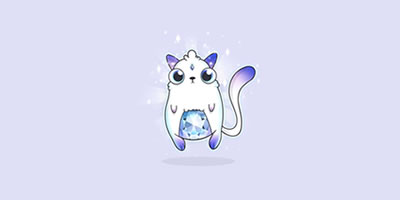
- CryptoKitties: The leading NFT of all time.
An Ethereum-based game that allows users to collect and breed virtual cats. The game’s tokens are nonfungible, as each one represents a unique digital cat on the blockchain. These digital cats are differentiated in terms of their appearance and traits — their “cattributes.” Given the nature of these tokens, each digital cat represented by an NFT cannot be replicated, destroyed, or taken away.
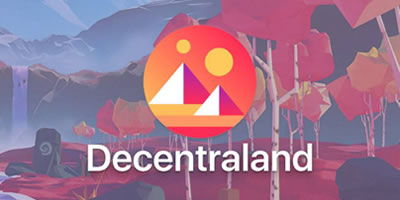
- Decentraland: A decentralized virtual world.
Powered by the Ethereum blockchain, Decentraland is a decentralized virtual world that allows users to use customized avatars, trade collectibles, and participate in the virtual world’s governance process.
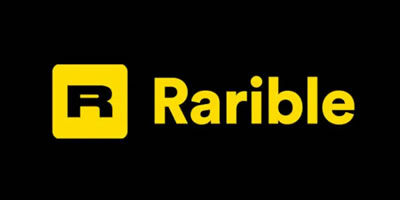
- Rarible: A marketplace for digital collectibles.
Rarible is an NFT marketplace founded by Alexander Salnikov and Alexei Falin in January 2020. The Moscow-based platform allows users to mint, buy and sell their rare digital collectibles. Rarible supports a variety of digital collectibles and products, including digital art, domain names, DeFi insurance policies, memes and metaverses.
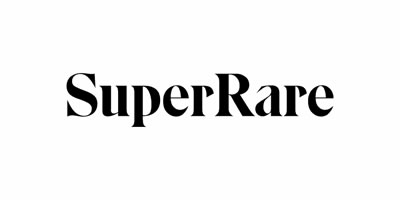
- SuperRare: A marketplace for single-edition digital artwork.
Founded in 2017 by John Crain, SuperRare is a digital art marketplace where artists can tokenize and monetize their authentic, single-edition artwork as collectible digital items. Each work of art on SuperRare is represented by an ERC-721 token, secured by cryptography and traceable on the blockchain.
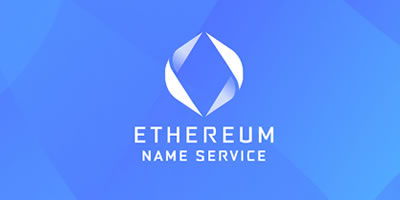
- Ethereum Name Services: The leading NFT in domain names.
Founded by the Ethereum Foundation in May 2017, Ethereum Name Services is an open, distributed and extensible naming system based on the Ethereum blockchain. The protocol has more than 190,000 registered names and has integrated over 100 wallets and decentralized applications to date.
NFTs F.A.Q.
No, ERC20 tokens are fungible, which implies that each of the tokens has the exact same value as the other tokens and each unit can be replaced by any other unit of the same coin.
Fungible tokens, which are cryptocurrencies such as Bitcoin, are used in a blockchain (BTC). Nonfungible tokens are data units that constitute a unique digital asset that is recorded and confirmed on a blockchain, as opposed to fungible tokens.
The capacity to show ownership of non-fungible tokens is the fundamental advantage of using them. Because they operate on a blockchain network, NFTs may aid in the identification of a single account as the owner. NFTs, maybe most critically, are non-distributable and so cannot be shared among multiple holders.
Some NFTs allow for fractionalized ownership of a percentage of each unique NFT unit, which means you could own a fraction of very valuable artwork, building, piece of music, etc.
© 2024 Cryptopress. For informational purposes only, not offered as advice of any kind.
Latest Content
- Crypto Market Update: April 25, 2024
- Renzo’s Restaked ETH Depegs to $700: DeFi Platforms Gearbox and Morpho Face Liquidations
- Crypto Market Update: Insights and Trends for April 23, 2024
- On April 24, the $RTF Token from Oleksandr Usyk’s READY TO FIGHT Project Will be Listed on WhiteBIT
- Crypto Market Update: Key Trends and Insights for April 22, 2024
Related
- Countdown to Ethereum 2.0 The countdown to Ethereum 2.0 has started....
- PrimeXBT Analyst Expects Bitcoin To Hit DeFi-Powered Ethereum Success Although Bitcoin is the best performing asset of 2020, outperforming gold, stock indices, oil trading and anything else, Ethereum has outperformed the leading cryptocurrency by market capitalization by a wide margin....
- How to earn Bitcoins The most important standard mode for obtaining Bitcoins is by purchasing it on an exchange. Some people prefer to keep them for a while expecting the currency to appreciate, while others prefer to make the most of selling them when...
- Top Cryptocurrency Exchanges in 2020 In this summary we make an analysis of the best cryptocurrency exchange houses available....


